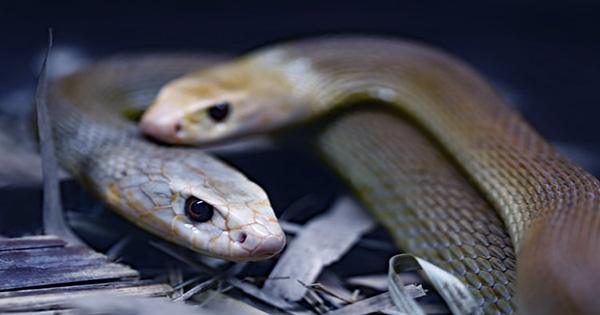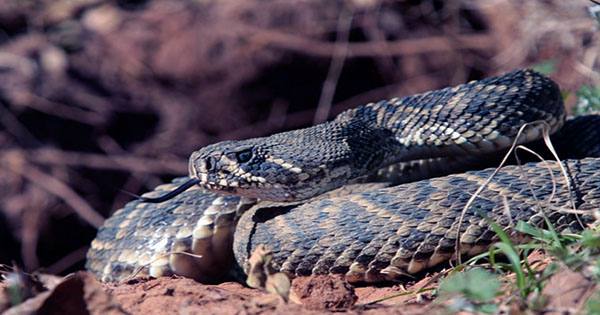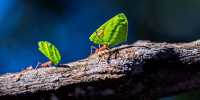Studying radiation in the Fukushima exclusion zone can be a dangerous business for some – but not for snake bites. In a new study, scientists have shown how rat snakes living in Japan can be used to determine radiation levels after the 2011 Fukushima Daiichi nuclear disaster. Researchers at the University of Georgia have discovered that radioactive contamination can have some effect on the daily movement of snakes, according to a report published in the Journal of Ichthyology and Herpetology in July.
Therefore, species can be used as a tool to indicate the level of radiation in the soil of an ecosystem. Snakes are particularly effective in measuring soil contamination, as they bend in their stomachs, making full contact with the soil below. The relatively limited movement of rat snakes and their longevity also confirm their position as ideal candidates in the eyes of the research team. James C Beasley, study author and associate professor at the University of Georgia, explains in a statement, “Snakes are good indicators of environmental pollution because they spend a lot of time on and off the ground.”

“They have a range of small homes and are the main predators of most ecosystems and they are often relatively long-lived species.” Researchers played with the idea of using snakes to measure radioactive soil contamination in an earlier study published in 2020. Based on this, the researchers located about 24 kilometers (15 miles) northwest of the Fukushima Daiichi nuclear power plant in the Abukuma Mountains.
Despite moving an average of only 65 meters (about 213 feet) per day, the team found that snakes were producing fine but significant amounts of radionuclides – obviously, radiation is not killing snakes, but working harder to analyze potential risks requires their health. They found that snakes were avoiding the interior of the coniferous forest, preferring to hang on the edges of deciduous forests and inside abandoned buildings.
Most snakes also spend time in abandoned barns and sheds – researchers speculate that this helped protect them from soil contamination. “Our results indicate that animal behavior has a major impact on radiation exposure and contaminant accumulation,” explained Hannah Gerke, lead researcher at the Savannah River Ecology Laboratory at the University of Georgia and the Warnell School of Forestry and Natural Resources.
















